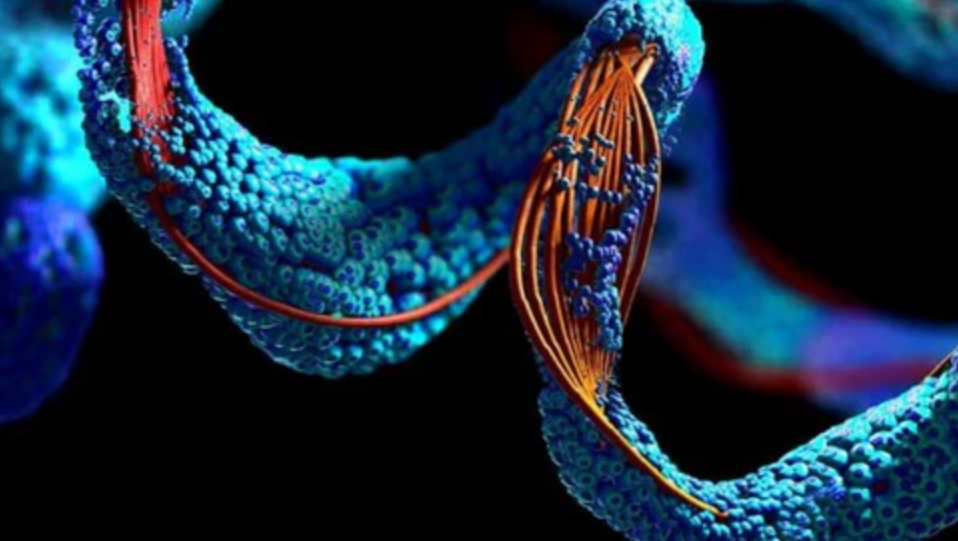
Introduction to LR3 Insulin Like Growth Factor I Proteins
Recombinant LR3 Insulin Like Growth Factor I proteins represent a specialized form of IGF-1, designed to enhance biological activity and stability in research and therapeutic applications. Unlike native IGF-1, the LR3 variant is modified to resist degradation and bind more efficiently to IGF binding proteins recombinant lr3 insulin like growth factor i proteins, enabling prolonged circulation and sustained activity. This makes recombinant LR3 IGF-1 a critical tool in studies focused on cell growth, metabolism, and tissue regeneration.
Structure and Biochemical Properties
LR3 IGF-1 differs from the naturally occurring IGF-1 by a single amino acid substitution at the third position and an extended sequence at the N-terminus. These modifications increase its half-life and reduce its affinity for binding proteins that normally inhibit IGF-1 activity. Structurally, the protein maintains the characteristic three-dimensional folding necessary for interaction with the IGF-1 receptor, ensuring that it activates downstream signaling pathways efficiently. Its stability and receptor affinity are pivotal for experiments requiring prolonged or enhanced growth factor signaling.
Mechanism of Action
The primary function of recombinant LR3 IGF-1 involves binding to the IGF-1 receptor on target cells. This triggers intracellular signaling cascades, particularly the PI3K/Akt and MAPK pathways, which are crucial for cell proliferation, differentiation, and survival. The reduced binding to inhibitory proteins allows LR3 IGF-1 to exert its effects more effectively compared to native IGF-1. These properties are especially valuable in studies where consistent and reproducible activation of growth signaling is required.
Research and Therapeutic Applications
Recombinant LR3 Insulin Like Growth Factor I proteins are widely used in biomedical research, particularly in the fields of regenerative medicine, oncology, and metabolic studies. In tissue engineering, they promote cell proliferation and tissue repair, facilitating the development of organoids and engineered tissues. In metabolic research, LR3 IGF-1 is employed to study insulin-like effects on glucose uptake and protein synthesis. Its potential therapeutic applications extend to conditions involving growth deficiencies and muscle wasting, though clinical use requires careful consideration due to potent biological effects.
Production and Quality Considerations
The production of recombinant LR3 IGF-1 typically involves expression in bacterial or mammalian systems, followed by purification and rigorous quality control to ensure biological activity and structural integrity. Expression in E. coli systems allows for high yield and cost-effective production, while mammalian systems can provide more natural post-translational modifications. Quality assessment focuses on purity, folding, and activity, as variations in these parameters can significantly impact experimental outcomes.
Conclusion
Recombinant LR3 Insulin Like Growth Factor I proteins serve as a powerful tool in modern biomedical research. Their enhanced stability, prolonged activity, and efficient receptor interaction make them ideal for studies of cellular growth, metabolism, and tissue regeneration. Ongoing research continues to explore their full potential, providing valuable insights into their mechanisms and applications in both scientific and therapeutic contexts.